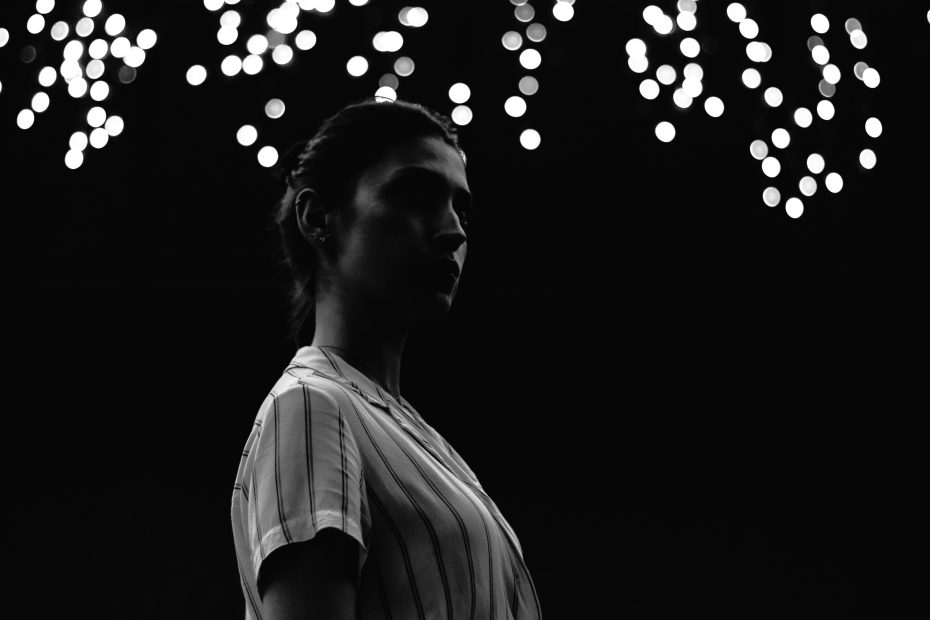Moldova is a small country tucked between Romania and Ukraine that possesses a remarkably vibrant cultural heritage. From ancient roots to contemporary creativity, Moldova’s traditions have been shaped by the confluence of diverse influences over centuries. Getting to know this unique heritage offers fascinating insights into the Moldovan people and their resilience.
Table of Contents
Moldova’s Origins and People
The territory of present-day Moldova has a long history stretching back to antiquity. Various tribes and peoples have inhabited and migrated across this region, situated at a strategic crossroads between East and West. Moldova came under the spheres of control of powers like the Roman Empire, Mongol Empire, Ottoman Empire, Russian Empire, and Soviet Union throughout history.
Despite its small size, Moldova is home to several main ethnic groups. The majority are Moldovans, who speak Romanian and have close cultural ties to neighboring Romania. There are also sizeable minorities of Ukrainians, Russians, Gagauz (Turkic Christian people), Bulgarians, and other groups—a testament to the mingling of cultures here.
Folk Culture and Traditions
Folk arts and traditions give Moldova its distinctive local color. Moldovan culture is renowned for its beautifully intricate costumes and textiles, like embroidered blouses and woven carpets. Traditional music features instruments like the cimbalom, fiddle, and pipe, often accompanied by energetic Moldovan dances.
Moldovans love to celebrate through festivals marking holidays like Christmas, Easter, and Midsummer. These lively occasions highlight customs like caroling, fortune-telling, and decorating eggs. Food and wine play a central role in bringing communities together during celebrations.
Cuisine
Moldovan cuisine reflects various cultural influences, from Romanian and Ukrainian dishes to Balkan and Russian elements. Some signature foods include mămăligă (boiled cornmeal), placinte (stuffed pastries), ghiveci stew, and sarmale cabbage rolls. Locally produced wines, like fruity Feteasca and earthy Rara Neagră, pair perfectly with Moldovan meals.
Architecture and Art
The Moldovan countryside is dotted with traditional whitewashed houses adorned with painted or carved decorative trim. Orthodox churches with elegant domes and frescoes form the heart of many villages.
Moldovan visual arts range from religious icon paintings to modern artists. Prominent sculptors like Alexandru Plămădeală have created public monuments celebrating national figures and history.
Literary Tradition
The Moldovan language and literary tradition blossomed relatively late, since the church and state used Old Slavonic and Romanian for centuries. Enlightenment ideals inspired scholars in the 19th century to champion the Moldovan language and folk culture.
Renowned Moldovan writers emerged throughout the 19th and 20th centuries, like poet Alexei Mateevici, playwright Ion Druță, and novelist Ion Creangă. Their works lovingly portray Moldovan country life and identity.
Recent Cultural Developments
Since independence in 1991, Moldova has invested in promoting its cultural institutions, like theatres, museums, and creative centers. The country is rediscovering its heritage, from restoring historic wineries to recording folk music.
International interest in Moldovan culture has grown as well, raising its global profile. Initiatives like the Golden Grapes festival celebrate Moldovan wine and cuisine.
Challenges and Preservation
Despite growing cultural pride, Moldova still faces challenges. Poverty and emigration have weakened rural communities that safeguarded traditions for generations. Striking a balance between modernization and preservation is key.
Supporting local artisans, documenting folklore, and designating heritage sites are crucial for upholding Moldova’s culture in the 21st century. Tourism revenues and partnerships with the Moldovan diaspora abroad also aid sustainability.
Looking to the Future
The past 30 years have seen a Moldovan cultural revival. Looking ahead, this renewal offers hope of a brighter future by attracting tourism, investment, and young creatives inspired to innovate artistically while honouring heritage.
Moldova’s varied cultural wealth—from ancient roots to contemporary energy—is truly a hidden gem waiting to be unveiled fully to the world. Preserving this heritage will let Moldovan identity flourish.
Conclusion
Moldova possesses a cultural legacy belied by its small size—a colorful tapestry woven from the interplay of history, ethnicity, folkways, architecture, cuisine, language, and artistry. From mediaeval fortresses and monasteries to carved gates and surrealist paintings, Moldova has a rich heritage worth safeguarding for future generations. Maintaining time-honoured traditions and supporting creative revitalization can ensure the continued blossoming of Moldovan culture.
FAQs
What are some key elements of Moldovan folk culture?
Some notable aspects of Moldovan folk culture include traditional costumes, textiles, music, dances, festivals, and customs like fortune-telling, caroling, and decorated eggs. Moldovan folk culture reflects both Romanian and Slavic influences.
What different ethnic groups live in Moldova?
The main ethnic groups in Moldova are Moldovans, Ukrainians, Russians, Gagauz, Bulgarians, and Roma. This diversity reflects the location at a crossroads of empires throughout history. Moldovans represent about 75% of the population.
What are some typical Moldovan dishes?
Iconic Moldovan dishes include mămăligă (boiled cornmeal), placinte (pastries with cheese/meat fillings), sarmale (stuffed cabbage leaves), ghiveci stew, zeama soup, and brânză cheese. Moldovan cuisine shows Romanian, Slavic, Balkan, and Turkish influences.
How did the Moldovan language develop?
The Moldovan language descended from Latin and developed in the historical region of Moldavia. For centuries church and state used Old Slavonic and later Romanian. Moldovan was not officially recognized until the 19th century, when scholars championed it.
What challenges does Moldova face preserving its cultural heritage?
Poverty, emigration, and shifting social values present challenges to safeguarding Moldovan heritage. But growing pride in local culture along with cultural initiatives, tourism, and diaspora links are helping to meet these challenges.
